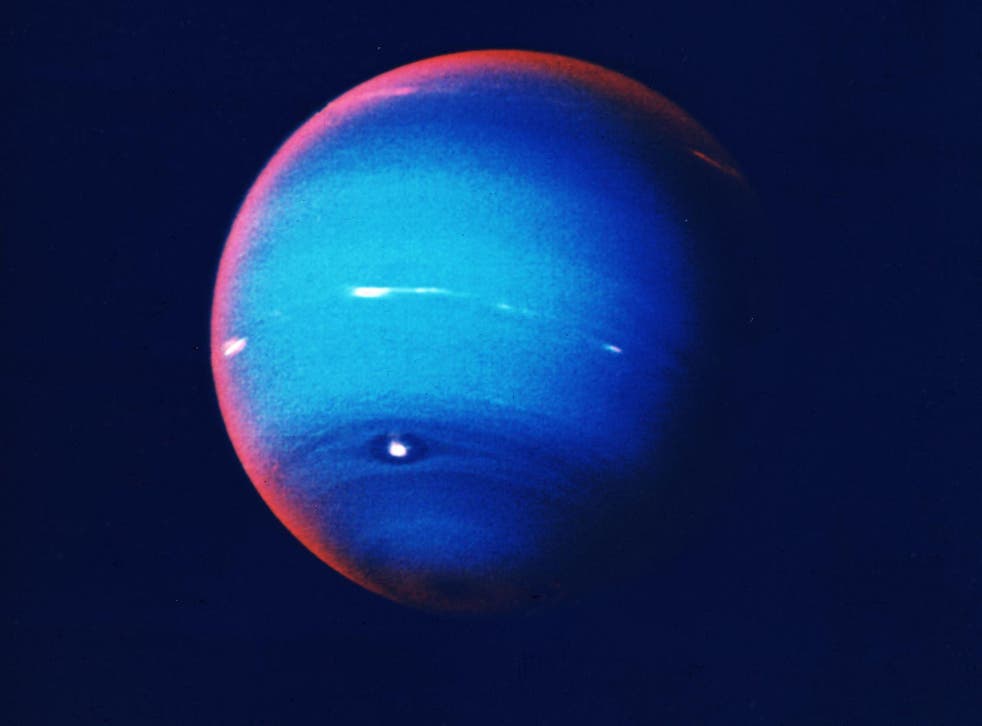Neptune is the only planet not visible to the naked eye from earth

Neptune is the only planet not visible to the naked eye from Earth.
Neptune, the eighth planet in our solar system, holds a captivating mystery as it remains unseen to the naked eye from our home planet Earth. Unlike its neighboring planets such as Saturn, Jupiter, and Mars, Neptune’s faint appearance makes it challenging to observe without the aid of technological advancements.
Although the naked eye is unable to discern Neptune’s presence, the planet can be easily observed using a telescope or binoculars. The need for such instruments arises due to several factors that contribute to Neptune’s elusive nature. Its vast distance from Earth, coupled with its dimness, creates a challenge for amateur stargazers.
Located approximately 2.7 billion miles away, Neptune sits at an average distance of 30 astronomical units from the Sun. An astronomical unit is the average distance between Earth and the Sun, which is about 93 million miles. This great distance significantly affects Neptune’s brightness, resulting in an incredibly faint appearance when viewed from Earth.
Additionally, its atmosphere plays a crucial role in making Neptune hard to spot. The planet’s atmosphere is composed mainly of hydrogen and helium, with traces of methane. These gases generate a deep blue hue, further diminishing the planet’s visibility. While Neptune reflects a small portion of sunlight back into space, the planet’s high altitude clouds mask its true colors.
Despite the challenges, professional astronomers and space enthusiasts alike have successfully captured stunning images of Neptune using advanced telescopes and spacecraft. These high-resolution images offer unprecedented details about the planet’s atmosphere, including its distinct cloud formations and the famous dark spot discovered by the Voyager 2 spacecraft in 1989.
The exploration of Neptune has been facilitated by various space missions, providing valuable information about this enigmatic planet. The Voyager 2 mission, launched by NASA in 1977, made a historic close flyby of Neptune in 1989, capturing mesmerizing data and images as it ventured near the planet. Furthermore, the Hubble Space Telescope has played a significant role, capturing detailed images of Neptune’s dynamic atmosphere.
As our understanding of the universe expands, so does our knowledge about Neptune and its fascinating characteristics. While the naked eye may not catch a glimpse of Neptune’s beauty, modern technology allows us to appreciate the planet’s wonders through the lenses of telescopes and spacecraft.
To explore more about Neptune and its unique features, visit the NASA Solar System Exploration page dedicated to this mysterious planet.
 Image 1: An artistic representation of Neptune’s vibrant blue atmosphere.
Image 1: An artistic representation of Neptune’s vibrant blue atmosphere.
 Image 2: A stunning photograph of Neptune captured by the Hubble Space Telescope, showcasing the planet’s unique cloud formations.
Image 2: A stunning photograph of Neptune captured by the Hubble Space Telescope, showcasing the planet’s unique cloud formations.
Related Posts
Quick Links
Legal Stuff

